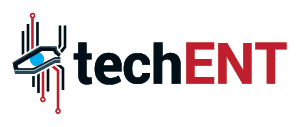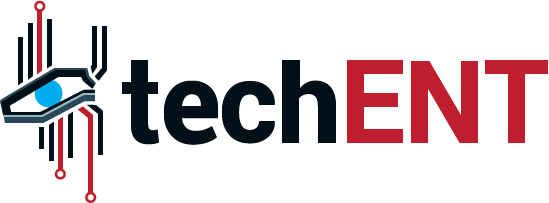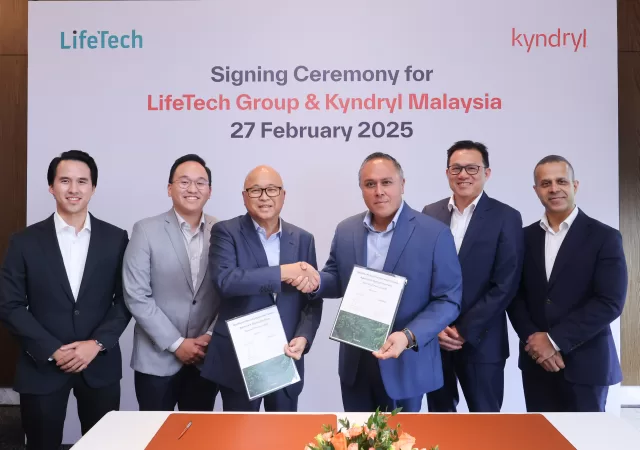Kyndryl and LifeTech partner to empower cyber resilience through the establishment of the first Malaysian Security Operations Centre in the public cloud.
Open Source Technologies Enable Better Resilience & Security
Stay ahead of cyber threats with open-source technology. Discover how it enables businesses to protect their critical systems and data in a rapidly evolving threat landscape.
Strengthening Core Infrastructure with Proactive Measures and Monitoring
As more cities move towards becoming Smart Cities, the need to strengthen core digital infrastructure requires a shift from being reactive to proactive.





